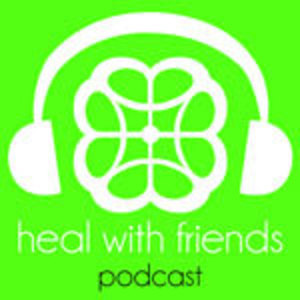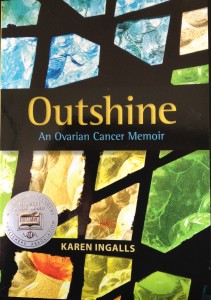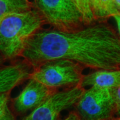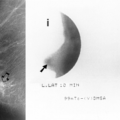Postpartum placenta consumption has become all the rage over recent years. Stories abound about the benefits of consuming the placenta postpartum. It seems everything from postpartum mental health and energy levels to postpartum nutrient and iron recovery are implicated. Is it safe? Is it effective? What does the research tell us about this practice?
Early research suggested that placentophagia induces lactation and reduces pain. More recent research suggest placental ingestion may offset symptoms of postpartum depression. Until more research is conducted, however, it is a difficult decision, one fraught with controversy. Physicians, hospitals, and regulatory agencies are not sure what to make of these practices. Some are in favor, others are most decidedly against.
If you’re pregnant and considering placental consumption to stave off postpartum health issues, this show is for you. I interview two of the leading experts in the field: Jodi Selander, founder and director of PlacentaBenefits.org and Sharon Young, PhD candidate focused on placental research.
Listen in as we discuss everything from historical and cultural practices, to the most recent research and practical considerations. Hosted on the fantastic network, Fearless Parent Radio:
Eat my Placenta, Say What?
About Heal with Friends
The Heal with Friends podcast, along with our companion social health site of the same name, Heal with Friends, are about finding health together. It does not matter if you are physician, researcher, parent, or patient, we want to hear from you and learn from your health experiences. When you join the Heal with Friends network, you can share your stories, your ideas, your hard learned and lived wisdom about health and illness. Together we can find solutions to complex health issues.
About Fearless Parent
The Fearless Parent network, is an “innovative online media platform that’s ahead of the pulse for today’s thinking parent.” Like us, they believe in bucking conventional wisdom, in asking the hard questions. Fearless Parent Radio is the ”thinking person’s daily dose of unconventional, evidence-based news about health, wellness, green living, and holistic parenting choices.”
Tune in, join the conversation, and follow us for monthly shows on topics that matter to you.




























